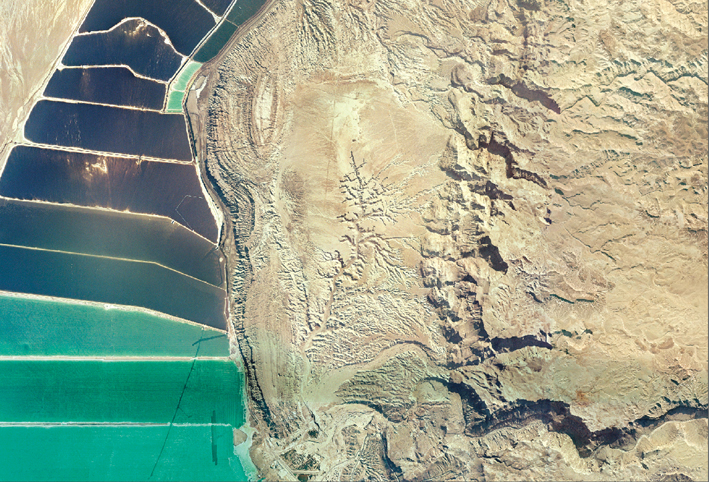עיתונאיות ועיתונאים, הירשמו כאן להודעות לעיתונות שלנו
הירשמו לניוזלטר החודשי שלנו:

Mount Negev: A cap of hard limestone sits atop a softer base Photos: Prof. Emanuel Mazor

Over the past few decades Mazor has used a combination of survey techniques, including satellite imaging, GIS and on-the-ground field studies to map the central Negev in detail. He has identified 35 unique regions, each with its own geology, tectonics, zoology, archaeology and history.
Among the most impressive regions in the Negev is the Ramon area. Mazor was instrumental in persuading the government, some 12 years ago, to turn the area of the Ramon makhteshim into a national park. Thanks to his efforts, this park includes centers both for public education and for scientific research. Mazor is continuing to work for the preservation of Negev landscapes in a number of ways, from helping to curtail polluting mining activity to working with Negev communities to help them connect with their environment.

This past year Mazor was awarded several prestigious prizes in recognition of his achievements: a Lifetime Achievement Award for Environmental Protection from the Israel Ministry of Environmental Protection, a Magshim (implementer) Award from the Council for a Beautiful Israel, and a medal for his outstanding contribution to public awareness of the earth sciences awarded by the Israel Geological Society.